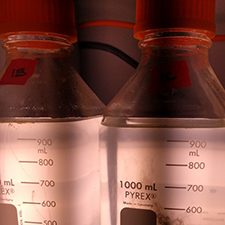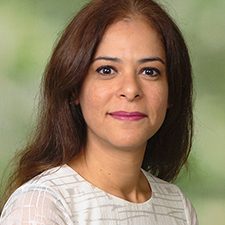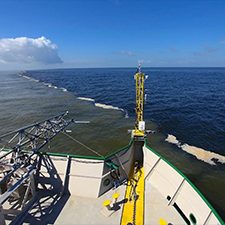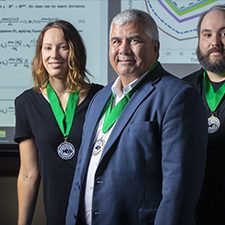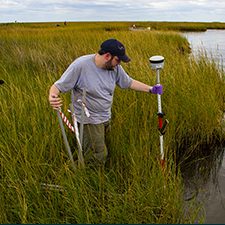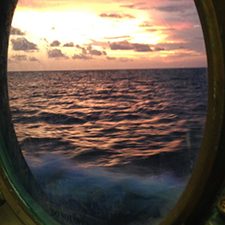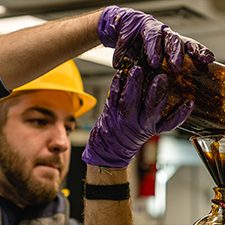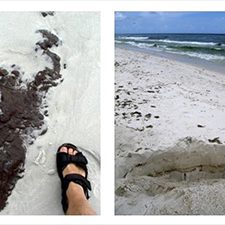Grad Student Bonatesta Examines How Oil Exposure Affects Fish Kidneys
Following Deepwater Horizon, there was concern about how the oil spill might affect marine life. Since then, scientists have learned more about how polycyclic aromatic hydrocarbons (PAHs) affect marine organisms, especially commercially and recreationally important fisheries.


